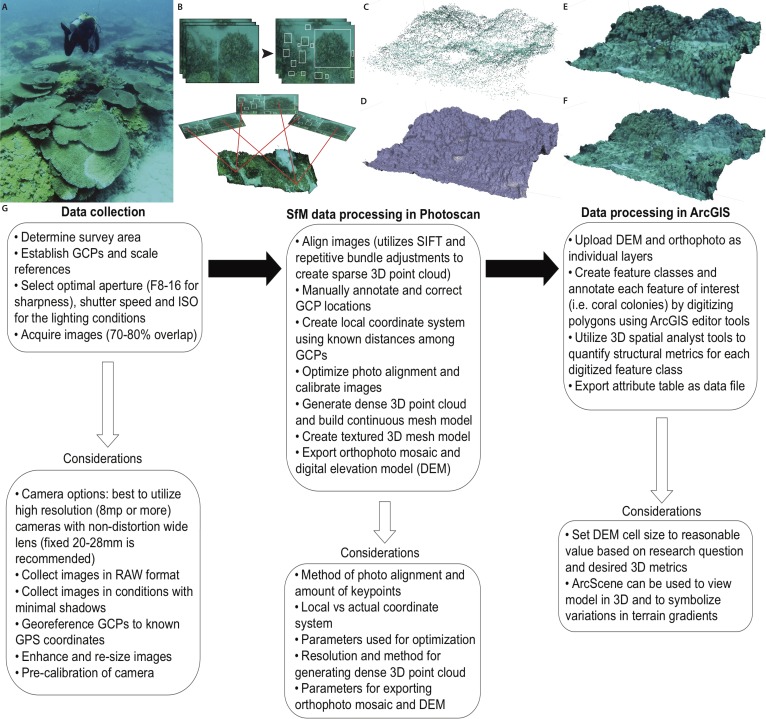Figure 1. Primary steps of the SfM workflow for three-dimensional reconstruction of the benthic substrate.
(A) Divers collect imagery while swimming above the coral reef substrate in a boustrophedonical pattern to enable 70–80% overlap among all images. (B) Scale invariant features (“keypoints”) are identified and extracted from the overlapping images. These keypoints are then matched and aligned to develop a photo mosaic of the substrate. (C) SfM software performs bundle adjustments to determine camera positions and construct a 3D point cloud which is then; (D) processed with soft-copy triangulation to reconstruct the scene geometry and create a solid 3D mesh that can be; (E) shaded or; (F) textured using the high-resolution photographs. (G) Flowchart summarizing the primary components and considerations for each step of the technique presented in this study.

